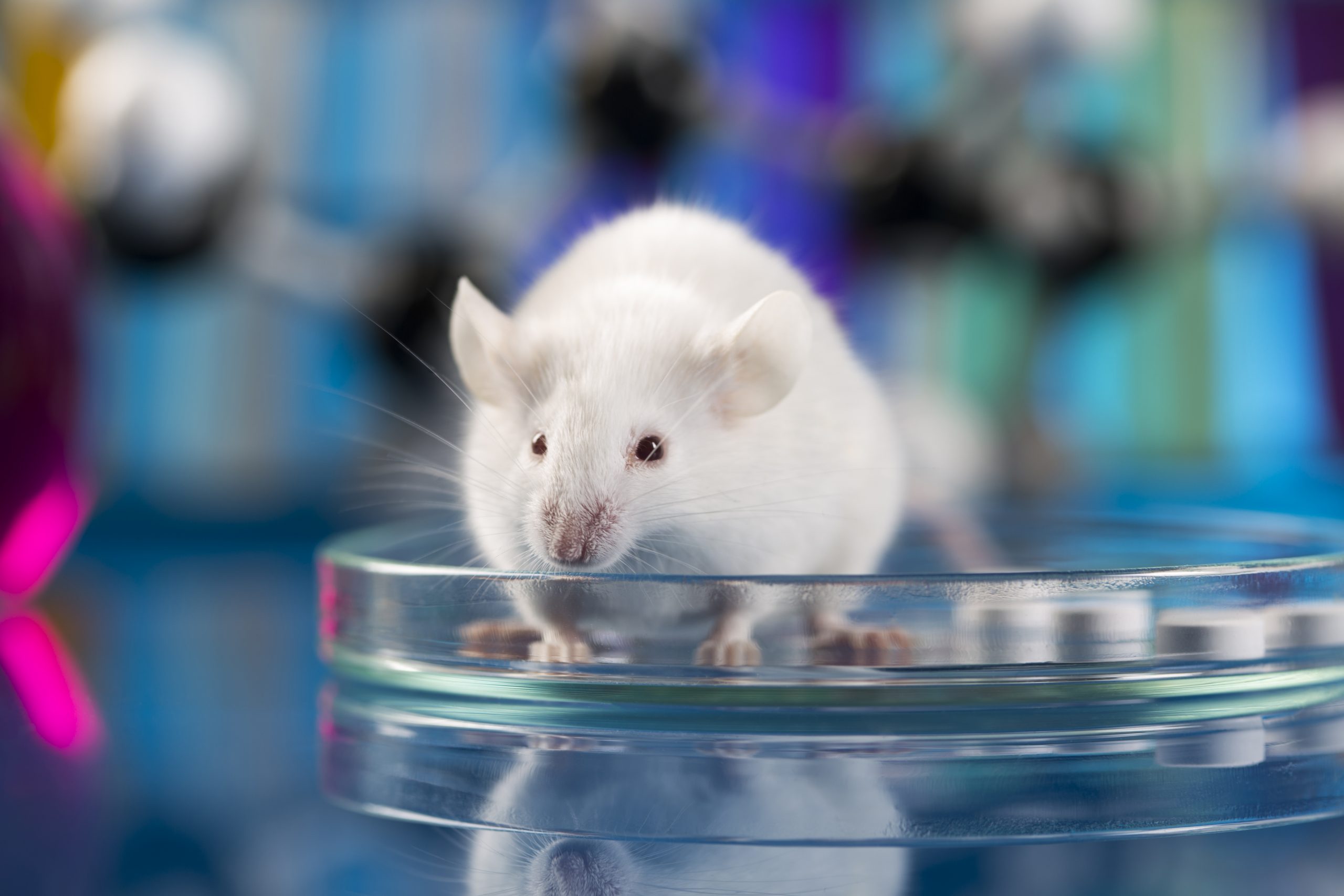New Technique Isolates Specific Neurons, Finds Changes in Parkinson’s
Written by |

A new technique to isolate specific brain cells, used in a Parkinson’s mouse model, has revealed that genes involved in sensing and using oxygen grow more active in a specific type of nerve cells (neurons) in response to dopamine depletion. Loss of dopamine in the brain is a hallmark of the disease.
The study, “Cell type-specific oxidative stress genomic signatures in the globus pallidus of dopamine depleted mice,” was published in The Journal of Neuroscience.
The brain is composed of diverse cell types, each of which plays a different role in behavior and disease. Isolating these specific cell types is the first step in studying them. Cell sorting machines help with this task but are extremely expensive.
To facilitate such research, scientists from Carnegie Mellon University developed a low-cost solution and applied it to understanding the role of parvalbumin-expressing (PV+) neurons in Parkinson’s disease. An “expressed” gene is one whose protein product is actively made by cells.
PV+ neurons regulate neural circuitry related to movement and have been implicated in the progressive neurodegenerative disease. Motor symptoms of late-stage Parkinson’s-like mice lessen when these neurons are stimulated. In addition, the post-mortem brain tissue (studied after death) of Parkinson’s patients shows fewer PV+ neurons than healthy tissue.
The Carnegie Mellon team generated Parkinson’s-like mice by treating them with 6-OHDA, or oxidopamine, a chemical toxic to the dopamine-producing neurons that are lost over the disorder’s course.
The researchers isolated PV+ neurons and compared gene activity between the oxidopamine-treated mice and healthy controls treated with an inert saline solution.
To isolate PV+ neurons, the mice were first engineered to produce a protein called Cre in only those cells. These mice were later infected with a harmless virus carrying instructions for a special fusion protein. One end of the protein binds to the nuclear envelope — the membrane that encloses the nucleus, the inner part of the cell that houses DNA.
Cre recognizes the other end and interacts with it to produce a fluorescent green light.
This allowed the investigators to identify and isolate the nuclei of PV+ neurons from within a sample of brain tissue.
They called their procedure cSNAIL, or Cre-Specific Nuclear Anchored Independent Labeling.
The non-parvalbumin-expressing (PV-) neurons showed no difference in gene expression between Parkinson’s-like and healthy mice. However, the PV+ neurons of the oxidopamine-treated mice showed significantly greater expression of genes involved in neuroprotection and in maintaining a balance between normal oxygen and chemically reactive “free radicals” that can damage cells, otherwise known as oxygen homeostasis.
Genes that grew more active in the PV+, dopamine-depleted neurons included Hypoxia-inducible factor 2 alpha (Hif2a), which responds to low-oxygen states (hypoxia), and three of its targets. Conversely, ELOB, a known inhibitor of Hif2a, grew less active.
This suggested that PV+ neurons react to dopamine depletion through signals from Hif2a and related factors.
The researchers also found that regions of chromatin — a tightly wound complex of DNA and proteins — were more open, or accessible, in sites related to the oxygen-sensing genes. Open chromatin sites allow certain proteins to bind to these regions and play a key role in DNA replication and gene expression, which is the process by which information in a gene is synthesized to create a protein.
“Oxygen-sensing pathways have been implicated in other, earlier aspects of Parkinson’s disease, but not previously in PV+ cells,” Alyssa Lawler, a PhD student in biological sciences and the study’s lead author, said in a press release.
PV+ neurons have high energy demands, which the researchers noted could make them more susceptible to fluctuations in oxygen availability.
In addition to the oxygen-sensing genes, the scientists also found open chromatin regions associated with glucocorticoid receptors, an emerging regulator of neuroinflammation that might play a role in Parkinson’s onset.
In the end, the team created a reliable tool to isolate specific neuron types and discovered targets of further research into Parkinson’s disease.
“The technique turned out to be really specific, really efficient,” Lawler said
The data that the team generated also will help build machine learning models — types of computational algorithms — to help more researchers interpret other disease mechanisms by understanding how specific DNA sequences respond to changing conditions.
“We believe a neuron subtype aware approach like cSNAIL will be necessary to tease out molecular correlates of many neurological and psychiatric disorders, especially where rare neuron populations are heavily implicated,” the researchers wrote.
Lawler sums up the impact of her research more simply: “We’re learning how to talk to cells, to speak their language.”





